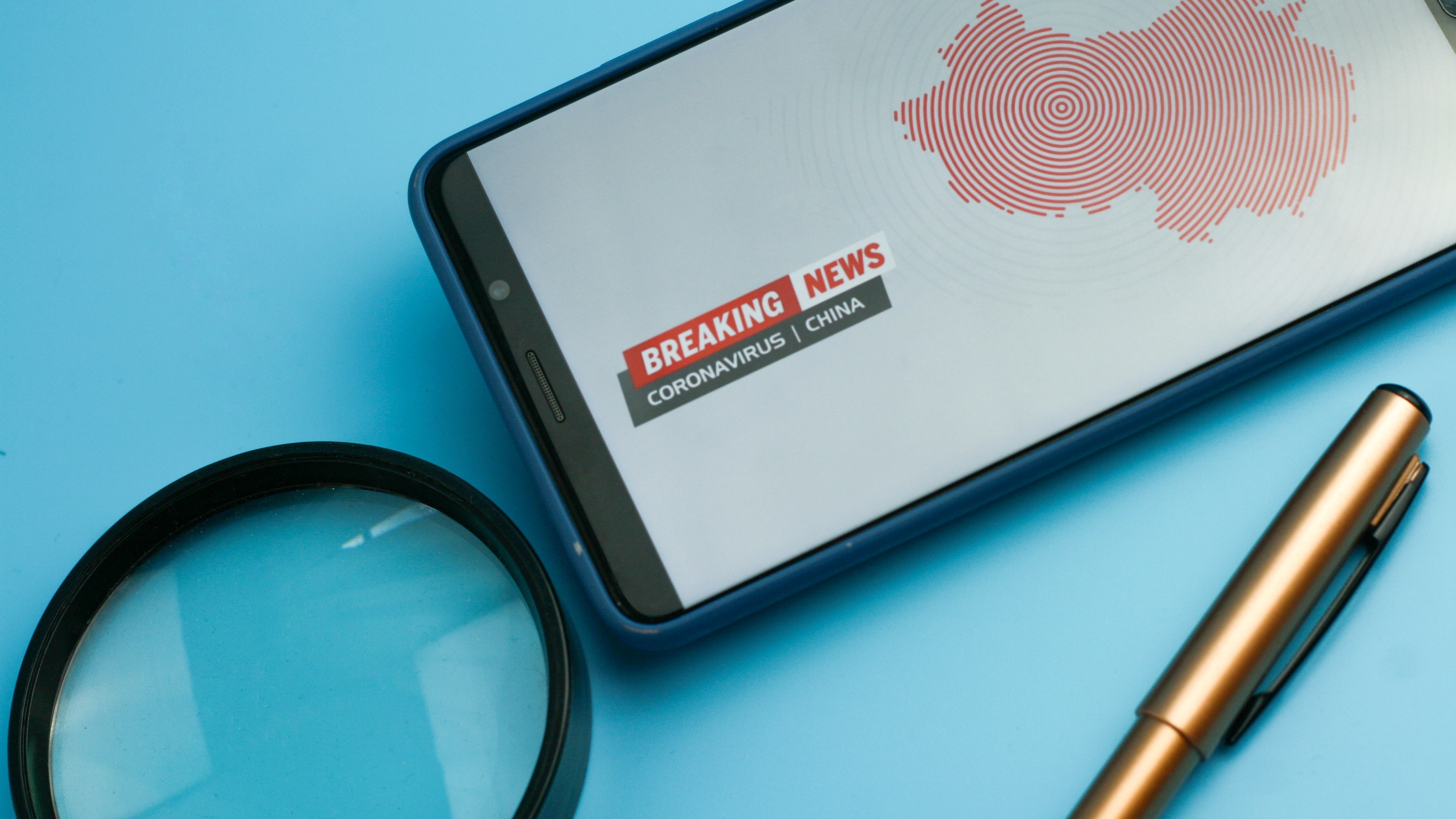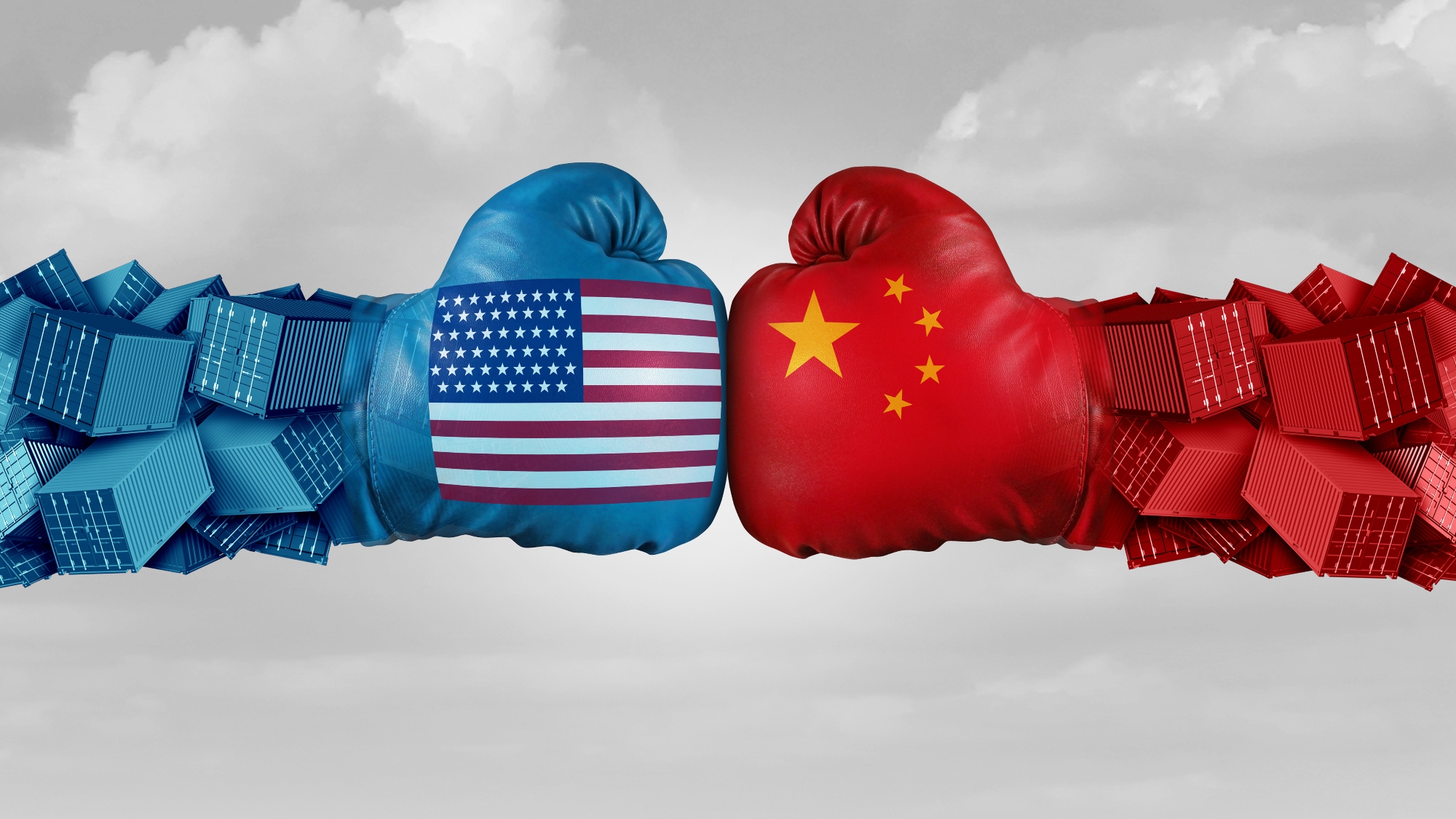Supply Market Intelligence: The Key to Strategic Sourcing
“In the Tom Cruise film, Minority Report, the Department of Crime Prevention collected data in various fashions about crimes and murders that were going to happen. They pieced this together, and then sent a special squad of experts to capture the villain before the crime had been committed. I think supply management is going to be a bit like that. We’ll put together pieces of the jigsaw puzzle to determine what sort of special squad – suppliers, vendors – you need in order to plan a solution before it happens or as it actually happens.”
Senior Supply Management Executive
This senior executive comment provides insights into a critical need that is lacking in many organizations’ competitive toolset today: the need for better decision-making and strategy execution in the supply management function. During the 1980’s, 1990’s, and even today, many companies have focused their attention on “strategic sourcing” – which in many cases, involves simply reducing one’s supply base, squeezing cost reductions out of suppliers through intense negotiations (or even worse, through reverse auctions), signing a contract, and leaving an internal customer to manage an already strained relationship with the selected supplier(s). Although cost reduction is certainly not the issue here, this approach to strategic sourcing has several limitations. First, while there are often opportunities to leverage spending from diverse business units, (especially after a merger), this is a one time “hit”. Second, the savings may not continue, and in fact, may discourage a supplier from offering additional improvements in quality, technology, or cost savings in the future. As one executive noted: “The greatest savings take place after the ink has dried – but it requires a collaborative approach to savings, and a whole different set of processes.” Third, the strategic sourcing process described here often takes place in a vacuum, without a thorough assessment of internal customer requirements, changes in the business environment, and events/changes in the supply market.
The notion of business and supply intelligence is not new. Indeed, no one knows better the importance of intelligence than the Central Intelligence Agency. White House experts have posited that the events around 9/11 could have been avoided, if there had been more “field agents” on the ground identifying trends, discussions, and triggers that might have clued in authorities to the possibility of the disastrous events that took lace that day.
In other cases, business and market intelligence is available in the heads of key people, but is not well diffused to the users. There is tremendous value in sharing, across a whole company, proprietary insights into competitors, customers, products, supply market conditions, mergers, research, and the like. As Lowell Bryan, an expert in this area notes, “An individual’s knowledge is self-contained, always available. But in companies, including small ones, it can be hard to exploit the valuable knowledge in the heads of even a few hundred employees, particularly if they are scattered in different directions.” It is even more difficult to collect information across a supply chain network, when the individuals are not located within the confines of the organization! Bryan notes that the typical approaches used to diffuse knowledge involve a) Big investments in document management services, b) Pushing knowledge to workers using large Web sites, or c) Let organizational units solve their knowledge problems in a decentralized manner, by allowing clusters of workers to share information using whatever technology solutions they prefer. Unfortunately, all three of these approaches have major downsides that prove to be ineffective.
Even organizations that succeed in developing supply market intelligence systems face another problem: getting decision-makers to apply the knowledge and use it in an effective manner! For example, in a recent book “Secrets – the Pentagon Papers” by Daniel Ellsberg, the author noted that the lack of application of field knowledge accrued through field agents in Vietnam was not put to good use. Field agents were aware of the unrest in Vietnam, through discussions with villagers in hamlets, ARVN units, and bureaucrats – and knew early on that increasing the forces in Vietnam was not the solution, and that the was in effect un-winnable. The author also demonstrates evidence that senior White House officials, including Lyndon B. Johnson, were made aware of this information through detailed reports and meetings, but failed to apply the knowledge to revert to other strategies, including negotiations with Hanoi. The same rationale applies to businesses – even though the information is available, there is no guarantee that executives and managers will put it to good use!
Market intelligence and knowledge management is a critical challenge that supply chain managers will need to think about in developing strategies in the coming years.
- Categories:


